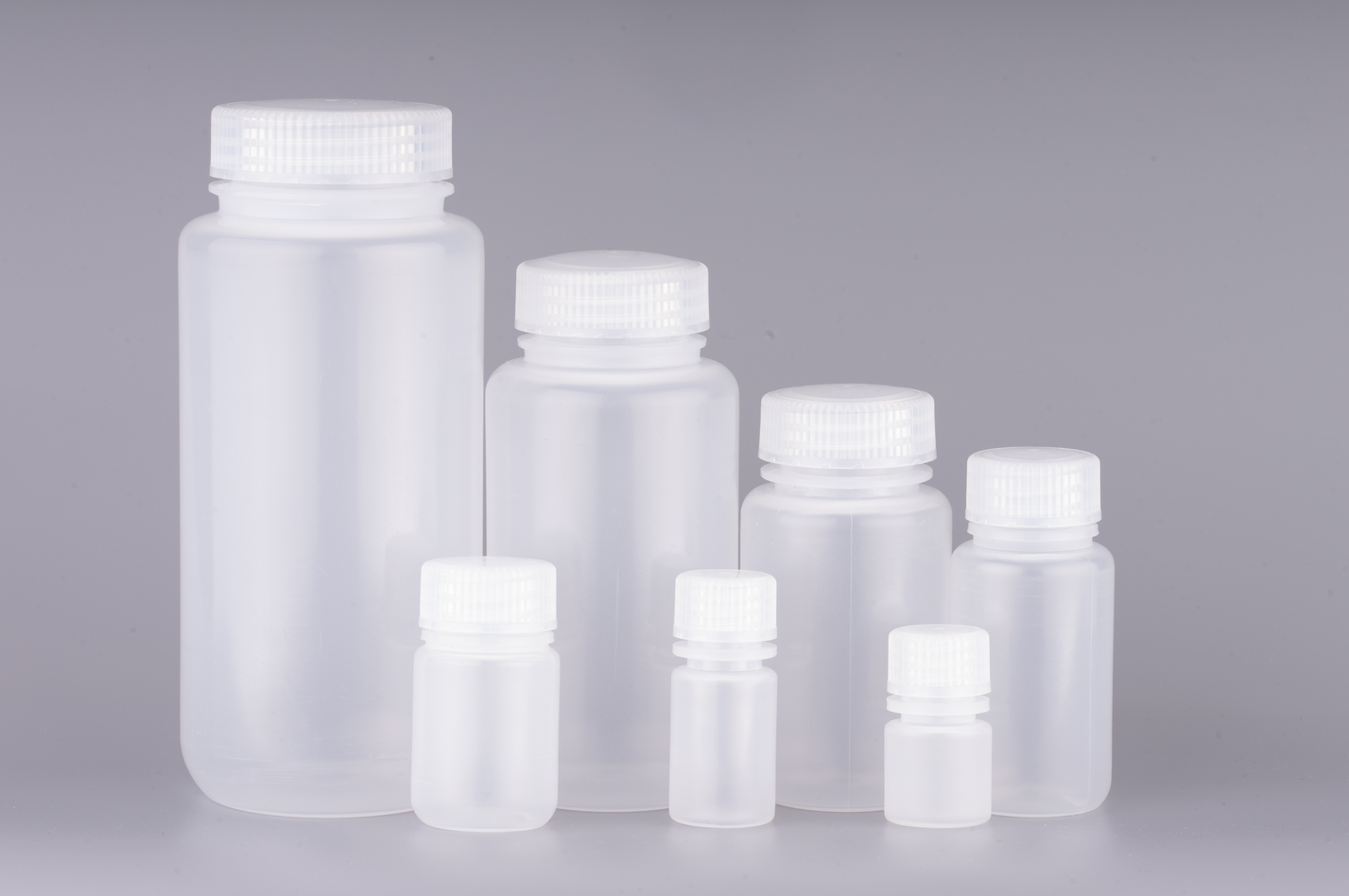The time for the propagation of crape myrtle is generally between November of each year and February of the following year. Firstly, in the whole nursery garden, a row spacing of 40 cm, a depth of 20 cm to 30 cm, and a dung or horse dung from 2 cm to 3 cm are used as base fertilizer. Combine pruning in winter and spring, select healthy plants with excellent varieties, large blooms, and no pests as mother plants, adopt full-grown annual or biennial branches, and require diameters of 1 cm to 4 cm, lengths are not limited, and soak in clean water. After an hour, lay along the ditch, then cover the solid roots, the upper along the ditch overwhelm, cover the soil 10 cm to 15 cm thick, and poured a permeable, tightly covered with plastic film to increase the temperature and moisture, cover the grass rake 2 to 3 layers Anti-freeze, in sunny weather, the grass can be removed and warmed in the daytime and re-covered in the evening. In this way, you can usually sprout in mid-March, and you can see the tender buds on the ground in April. At this time, you can re-do a small arch covered with a plastic film and remove grasshoppers. If the temperature in the shed exceeds 30°C, cool the ventilation. From mid-March onwards, the film should be removed once every 20 days for a total of 3 to 4 times to form a 10-cm-high ridge at the base of the seedlings, which will induce a large number of adventitious roots. At the end of May, the arch sheds were removed and cut in sections according to the seedling sprouting conditions. Each sprout was an independent seedling. At this time, the side branches should be torn to promote side branches and farm manure should be applied, such as thin pancake fertilizer or urea water, to reopen the ditch. Cultivate soil to promote growth. After dressing 3 times to 4 times later, if buds emerged in time, they can become full-crowded and flourishing plants in the same year. After the fall, they will pick up the soil from the soil and try to avoid damage to the hairy roots. Planting plants where there is sufficient sunlight and adequate water and fertilizer, control water and fertilizer after survival, and increase their adaptability. By comparison, under the same conditions, the crape myrtle seedlings propagated by this method are not only well-developed, but also have a high survival rate after transplanting, and are significantly superior to other breeding seedlings in terms of crown shape and the like. Through observation, many species of vine plants can also be propagated by this method, such as wisteria, gardenia, forsythia and so on.
The reagent bottle uses high-quality polypropylene PP / high-density polyethylene HDPE raw materials, non-biological toxicity, 100,000-level purification workshop production environment, multiple quality system certification, ensuring no DNase / RNASE, no hot gland, no internal toxins, sterilization The plastic bottle is subjected to electron beam irradiation, unpacking, greatly enhances user packaging efficiency.
Reagent Bottle,Plastic Reagent Bottle,Hdpe Reagent Bottles,Narrow Mouth Pp Bottle Jiangsu iiLO Biotechnology Co., Ltd. , https://www.iilogene.com